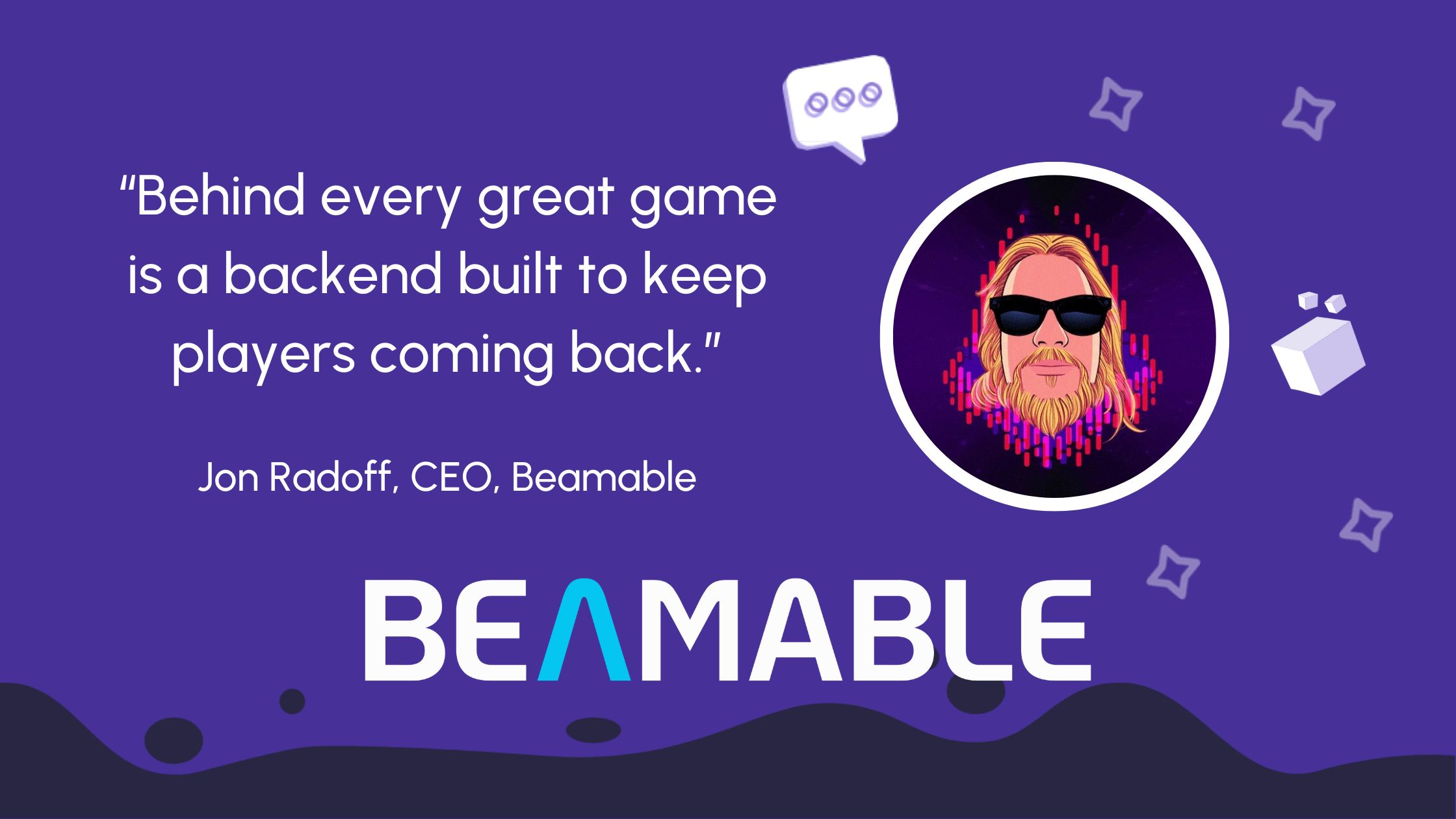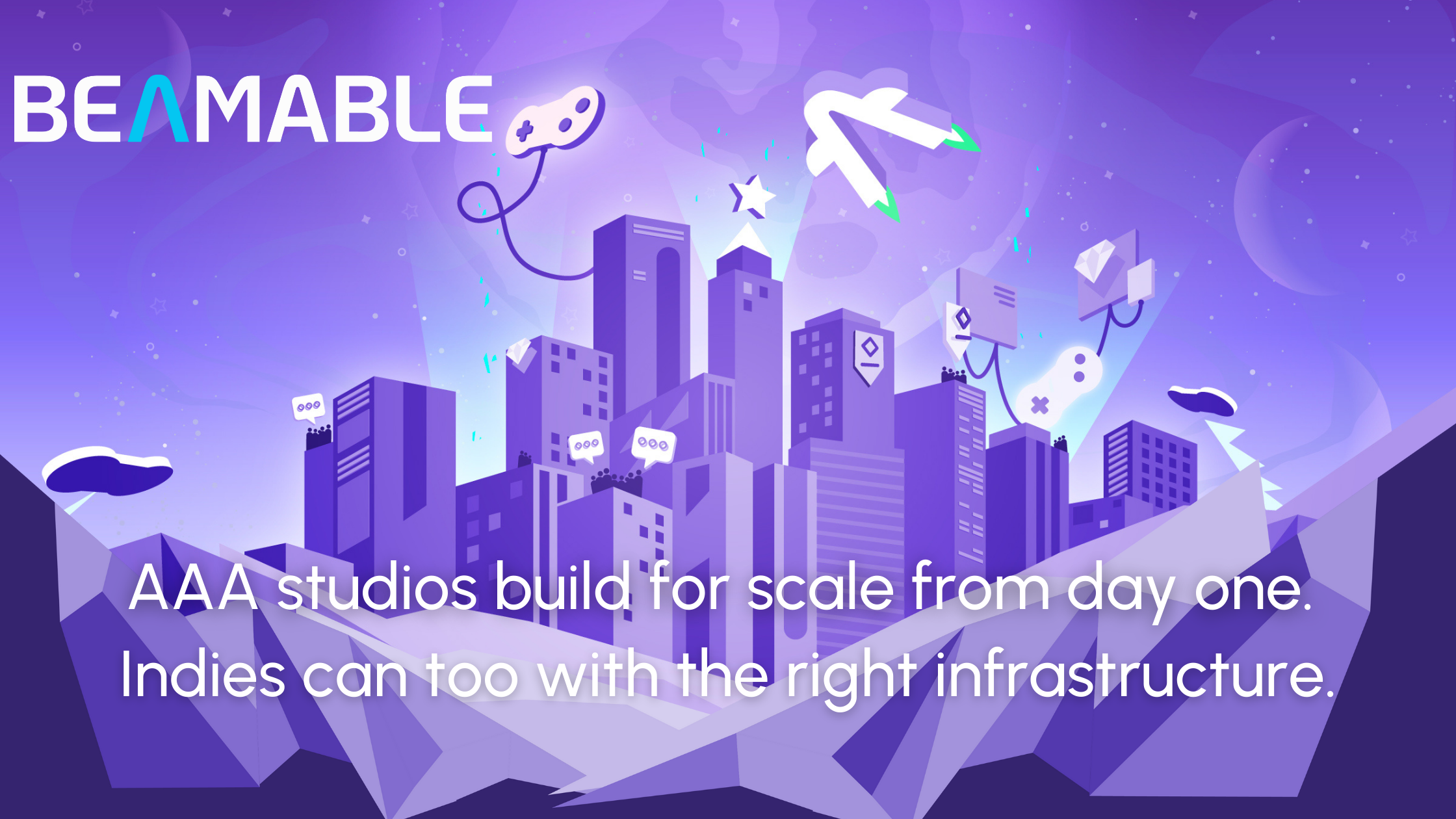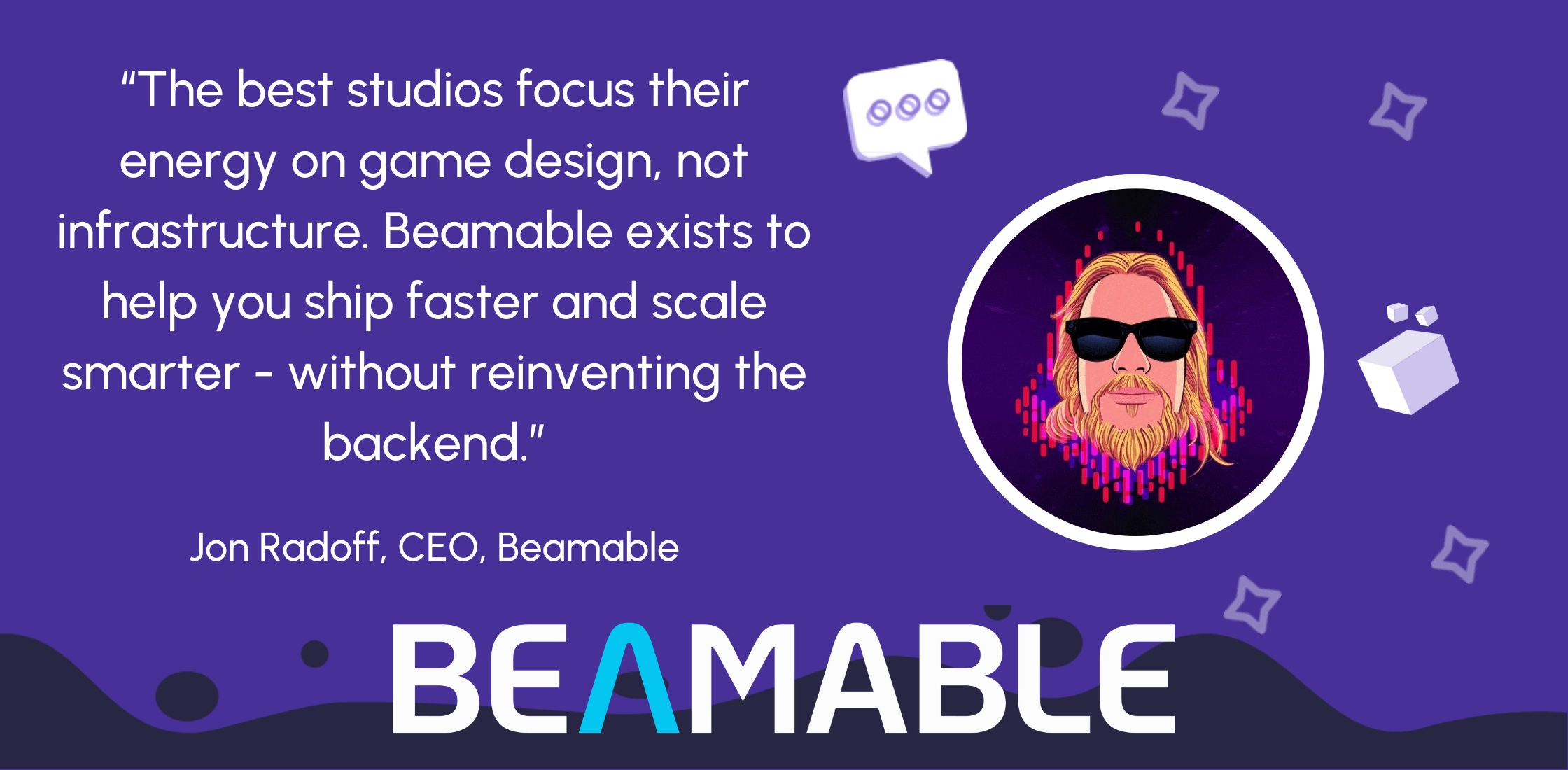5 Ways to Fund Your Indie Game

5 Ways to Fund Your Indie Game
When embarking on an indie game project, thinking about financial requirements should be one of the first steps. There are different ways you can get funding for your indie game, as well as different implications of each.
Here is a list of some methods to fund your game and how you can apply them:
1. Bootstrapping
The most obvious (and common) way indie game developers fund their projects is through self-funding. This money comes from personal assets, friends and family, another form of employment, or contractual work.
If you’re thinking of switching full-time to game development, you’d want to build your war chest in advance. Some developers suggest up to 12-16-months of living expenses for your team or as much as is viable for you. Part-time, or spare time development is often a safer route to take.
Finding and completing contractual work requires effective time management too. Bootstrapping a game studio is effectively the process of starting your own business, so you’ll need to be mercenary with how you spend your time and resources.
Be careful though, often bootstrapping turns into Debt funding as you’ll use credit cards or other loans to accomplish your project. Make sure you go in eyes wide open about where the bootstrapping path will lead.
2. Crowdfunding
Platforms like Kickstarter and Indiegogo are popular among game developers around the globe. To make a mark on such platforms, you’ll want to back your game with a compelling concept that can be perfectly conveyed using a visual teaser/trailer.
Kickstarter, in particular, is very competitive. So, you might want to read this guide from Anya Combs, Kickstarter’s Director of Games, before you start looking for funding on the platform.
Patreon can be another great option – especially for smaller projects where you expect to build a community iteratively as you create content around the development process so other people (and future players) can follow along and support your progress.
The hardest part of crowdfunding is building a strong audience before you have the product. Getting players for a finished game is hard enough. To crowdfund, you need to attract players before you start building. It’s no small task, but many projects are able to achieve it.
3. Project Funding
Under this model, you go out and find a game publisher who pays for the development cost of the game. Generally, this is done in advance against all future revenues.
Once the game releases, the publisher recoups these costs along with other auxiliary expenditures like localization testing, marketing, or promotion fees. They will then take a share of all additionally generated ongoing revenue in perpetuity.
Game developers, in most cases, retain the intellectual property rights to their game and assets, allowing them to make as many sequels or future versions of the game as they please. They also won’t have to give up any equity in their company to the publisher.
The publisher definitely adds value to the entire game dev lifecycle (in marketing the game, finding players, and more) but this model of funding indie games works best when developers understand the compromise they’re making between long-term rewards and upfront cash.
4. Grants and Tax Relief
Many countries offer tax relief as well as grant funds to support indie game developers. Here’s a starter list of grants that you can check out for your next game;
- Indie Fund
- UK Games Fund
- Creative Europe
- Unreal Dev Grants
- Cry Engine
- Wellcome Trust
- Ancient Games Fund
- Fig
- Creative England
- Video Games Tax Relief
To find more, pay attention to announcements in the gaming press, and hunt around on Google and in the game dev communities.
5. VC Funding
While historically the gaming sector would get opportunities for seed funding through corporate development initiatives or through government funds, it has seen a large chunk of interest from traditional venture funds as well.
Some of the popular names in the venture funds category included London Venture Partners, Makers Fund, and Play Ventures, while in the more traditional side of things there were names such as NFX, Greycroft, Andreesen Horowitz, Khosla, Lux, and many more. Even with the pandemic playing out in full force, by Mid 2020 (Q2), VC investments in gaming had seen figures as high as the entirety of 2019, coming in at well over $700m.
Read more about this on our guide to getting funded by VCs.
Get funded. Get moving!
The above-mentioned list is not exhaustive, but it’s definitely tried-and-tested. Let us know your thoughts, and if you think we’ve missed something – please drop us a comment!
We hope this article clarified some of the doubts that you had around getting your game funded, and now you feel a bit more confident while thinking about the finances for your game. At Beamable, we’re constantly striving to provide the best of the best to indie game developers like you.
Follow us on social media for regular resources, and check out our low/no-code tool to simplify most of your game development woes, so that you can focus on the bigger picture!




